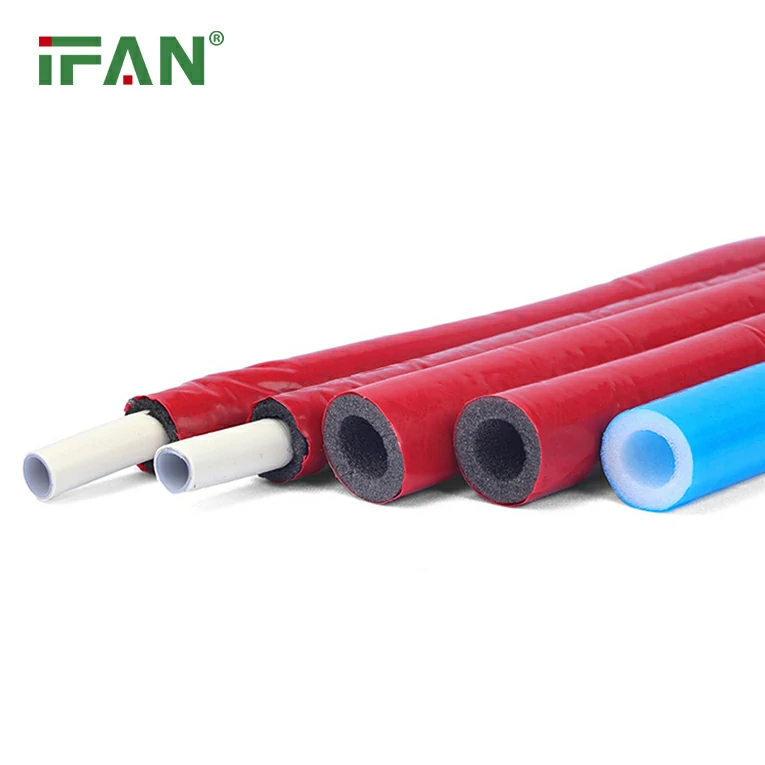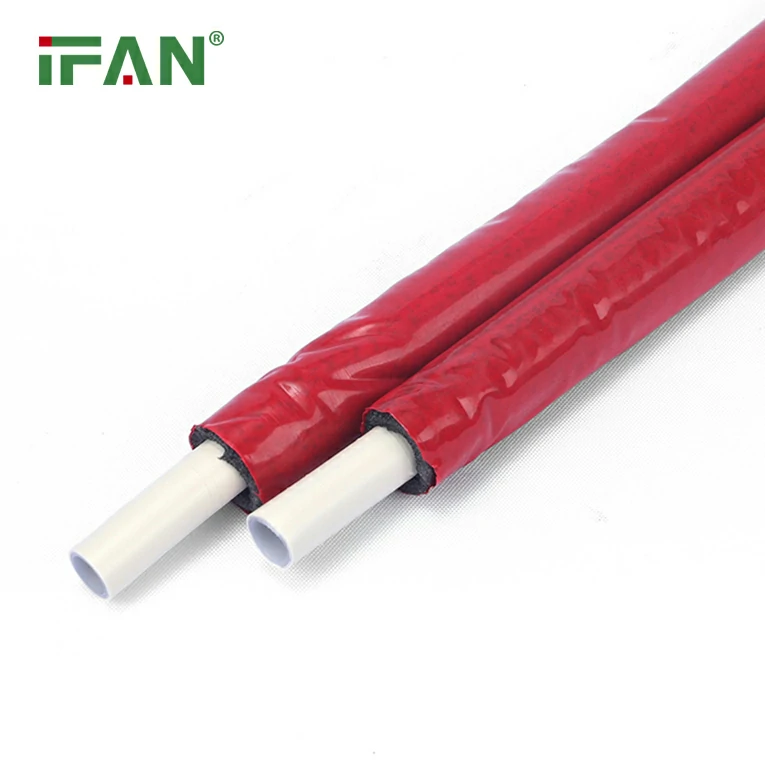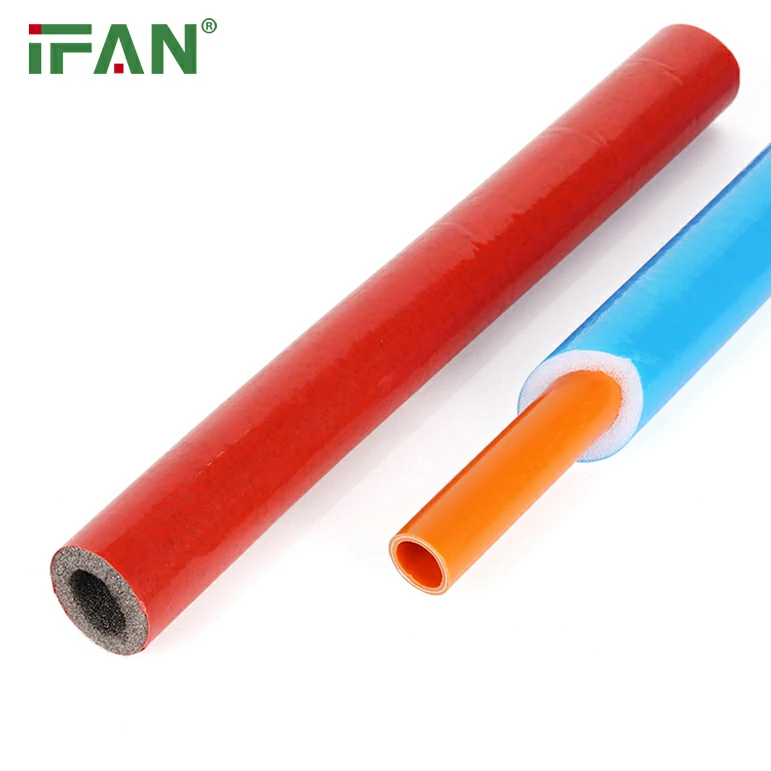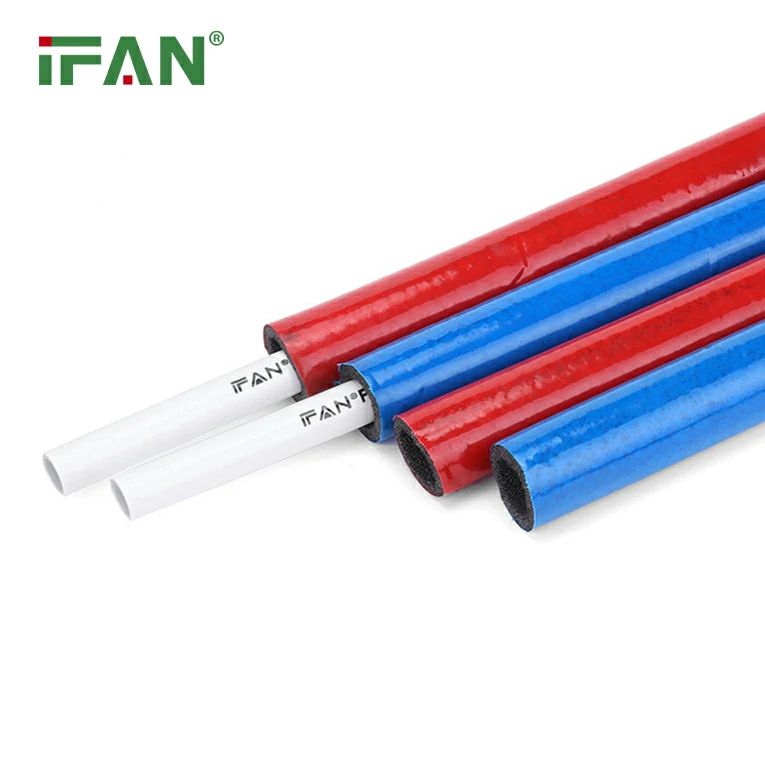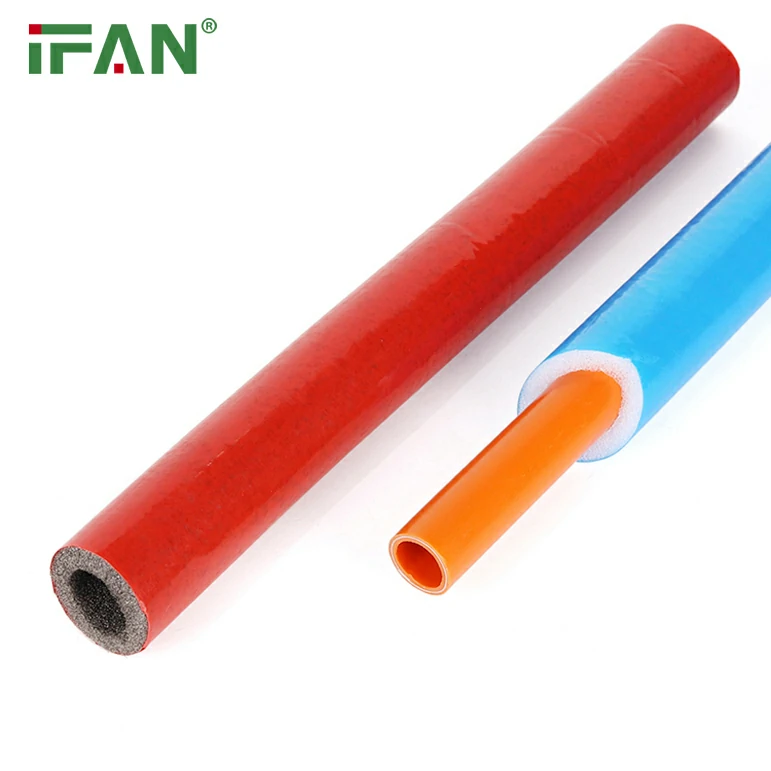IFAN factory 30+ years manufacture experience support color /size customization support free sample.Welcome to consult for catalog and free samples.This is our Facebook Website:www.facebook.com,Click to watch IFAN’s product video.Compared with Tomex products, our IFAN products from quality to price are your best choice, welcome to buy!
Plumbing systems are the backbone of any modern building, providing essential water supply and drainage solutions. Over the years, plumbing materials have evolved, with various advancements designed to improve durability, cost-effectiveness, and ease of installation. One such innovation is PPR fittings. These fittings, made from Polypropylene Random Copolymer (PPR), have gained significant popularity due to their numerous advantages over traditional plumbing materials such as copper and PVC. In this article, we will explore how PPR fittings are revolutionizing plumbing systems, their benefits, applications, and why they are becoming the go-to solution for both residential and commercial plumbing needs.
What Are PPR Fittings?
PPR fittings are plumbing components designed to connect PPR pipes, a type of thermoplastic material known for its strength, flexibility, and resistance to high temperatures. PPR fittings are commonly used in hot and cold water supply systems, drainage systems, and industrial plumbing installations. These fittings are incredibly durable, resistant to corrosion, and easy to install, making them a reliable and efficient option for modern plumbing systems.
Advantages of PPR Fittings in Plumbing Systems
PPR fittings have revolutionized the plumbing industry with their many benefits. Let’s explore why these fittings are becoming an essential part of plumbing systems:
1. Durability and Longevity
One of the most significant advantages of PPR fittings is their exceptional durability. These fittings can last for 50-100 years, making them an ideal solution for long-term plumbing systems. PPR is resistant to corrosion, rust, and chemical damage, which helps extend the lifespan of the plumbing system. Unlike metal pipes, which can degrade over time, PPR fittings maintain their integrity, ensuring a long-lasting and reliable water supply system.
2. Corrosion and Rust Resistance
Unlike traditional plumbing materials such as copper and steel, PPR fittings do not corrode or rust. This is a game-changer for plumbing systems, especially in areas with hard water or high mineral content. Rust and corrosion in pipes can lead to leaks, blockages, and the need for frequent repairs. PPR fittings eliminate these issues, providing a smooth, efficient, and maintenance-free system for many years.
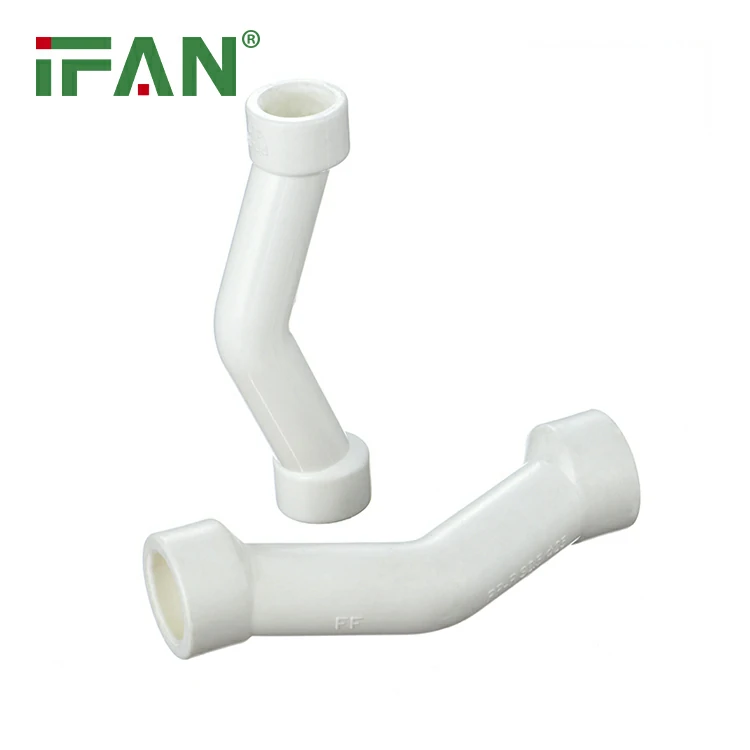
3. Temperature Resistance
Another reason PPR fittings are revolutionizing plumbing systems is their high temperature resistance. These fittings can handle temperatures up to 95°C (203°F), making them suitable for both hot and cold water systems. This high-temperature tolerance makes PPR fittings the ideal choice for hot water supply systems, underfloor heating, and industrial applications where temperature extremes are a concern.
4. Pressure Resistance
PPR fittings are known for their ability to withstand high-pressure systems. They can endure pressures up to 20 bars (290 psi), which is significantly higher than PVC pipes that typically handle lower pressure levels. This makes PPR fittings the best choice for commercial buildings or other large-scale plumbing systems where water pressure can fluctuate or be higher than average.
5. Chemical Resistance
In addition to their corrosion resistance, PPR fittings offer excellent chemical resistance. They can resist a wide range of chemicals, acids, and alkalis, making them suitable for industrial plumbing systems where harsh substances are often transported. This versatility ensures that PPR fittings can be used in a variety of environments, from residential homes to chemical processing plants.
6. Energy Efficiency
PPR fittings contribute to energy efficiency in plumbing systems due to their low thermal conductivity. This means that hot water remains hot for a longer time in the pipes, reducing the energy required to maintain the desired temperature. In turn, this can lead to lower energy bills and a more eco-friendly plumbing system.
7. Ease of Installation
Installing PPR fittings is straightforward and efficient. These fittings are joined using a fusion welding process, which involves heating the ends of the pipes and fittings until they melt, then pressing them together to form a strong, permanent bond. This method creates a leak-proof joint and eliminates the need for gluing, sealing, or additional hardware, making the installation process faster and easier.
8. Environmentally Friendly
PPR fittings are also an environmentally friendly option. They are fully recyclable, which reduces the environmental impact compared to materials like PVC or copper. Furthermore, since PPR fittings are highly durable and have a long lifespan, they contribute to less waste, which is an important consideration in sustainable construction and plumbing practices.
Applications of PPR Fittings
PPR fittings are incredibly versatile and can be used in a wide range of plumbing applications. Here are some of the most common uses of these fittings in modern plumbing systems:
1. Residential Plumbing
In residential settings, PPR fittings are used for both hot and cold water supply systems. Their durability and resistance to corrosion make them ideal for long-lasting plumbing solutions. PPR fittings are also commonly used for underfloor heating systems, ensuring reliable and efficient heating in homes.
2. Commercial Plumbing
In commercial plumbing applications, PPR fittings are often used in high-pressure systems and large-scale plumbing installations. The ability of PPR fittings to withstand high pressures and resist chemicals makes them the perfect choice for businesses that need reliable and efficient plumbing systems.
3. Industrial Plumbing
In industries such as food processing, pharmaceuticals, and chemical manufacturing, PPR fittings are used to transport water, chemicals, and other fluids. Their chemical resistance and durability make them a critical component in industrial applications that require high-performance plumbing systems.
4. Irrigation Systems
For agricultural applications, PPR fittings are often used in irrigation systems. These fittings are resistant to UV damage and can handle the pressure and wear associated with irrigation systems, making them an ideal solution for watering crops and landscaping.
Why Choose PPR Fittings Over Other Plumbing Materials?
When compared to traditional plumbing materials like copper, steel, and PVC, PPR fittings offer numerous advantages that make them the superior choice. They are more durable, resistant to corrosion and rust, and provide better temperature and pressure resistance. Additionally, PPR fittings are easier to install, cost-effective, and environmentally friendly, making them an ideal option for a wide range of plumbing needs.
Conclusion
PPR fittings have revolutionized plumbing systems by offering a durable, efficient, and long-lasting solution for both residential and commercial applications. Their superior resistance to corrosion, chemicals, high temperatures, and pressures, along with their ease of installation and eco-friendly benefits, make them a top choice for modern plumbing systems. As the demand for reliable and sustainable plumbing solutions continues to rise, PPR fittings are positioned to play a critical role in shaping the future of the plumbing industry.
Frequently Asked Questions (FAQs)
1. What is the lifespan of PPR fittings?
PPR fittings can last between 50 to 100 years, depending on installation conditions and usage.
2. Are PPR fittings suitable for hot water systems?
Yes, PPR fittings can withstand temperatures up to 95°C (203°F), making them perfect for hot water systems.
3. Can PPR fittings be used for chemical-resistant plumbing systems?
Yes, PPR fittings offer excellent chemical resistance, making them ideal for industrial plumbing systems that deal with acids, alkalis, and other harsh substances.
4. How are PPR fittings installed?
PPR fittings are installed using a fusion welding process, where the ends of the pipes and fittings are heated and then fused together to form a strong, leak-proof connection.
5. Are PPR fittings environmentally friendly?
Yes, PPR fittings are fully recyclable and contribute to sustainable construction practices by reducing waste and offering a long lifespan.

